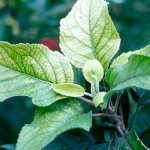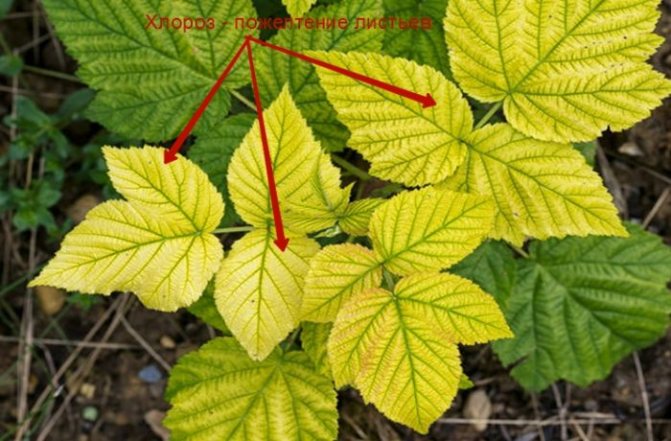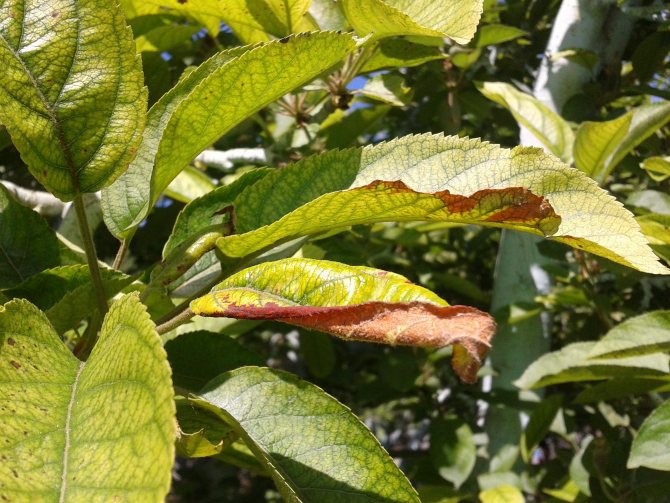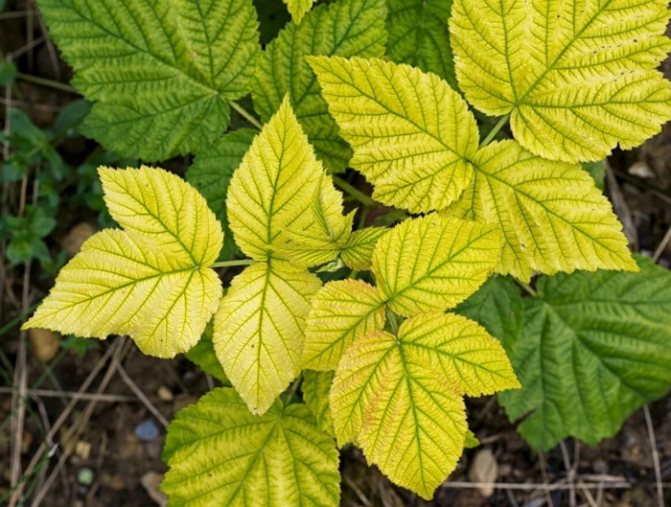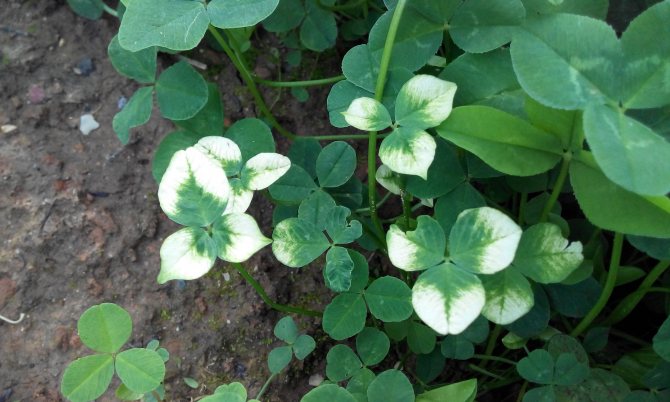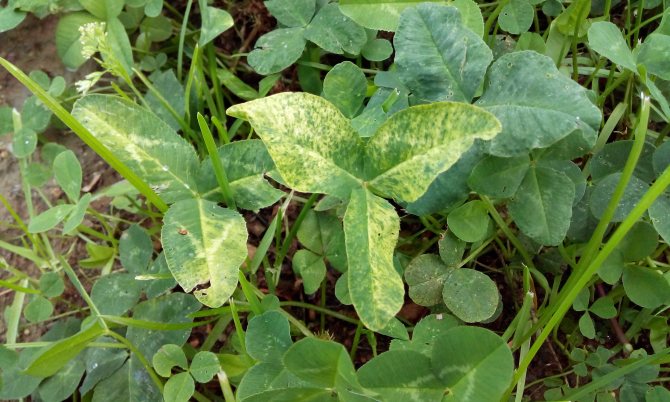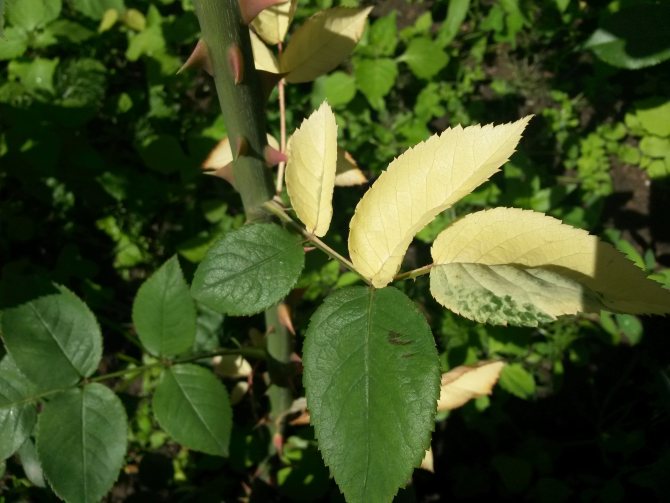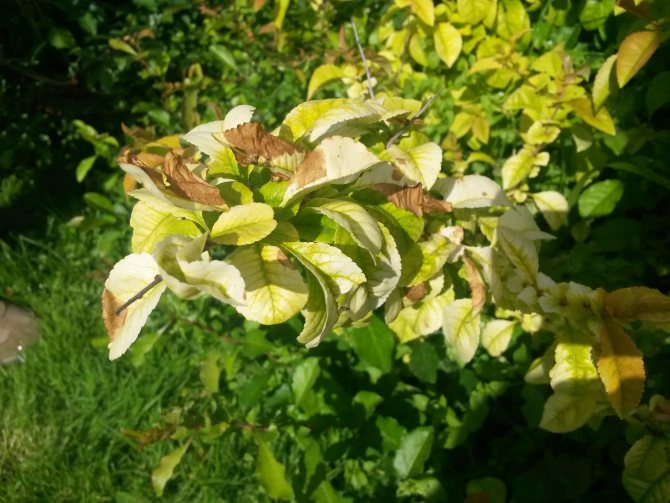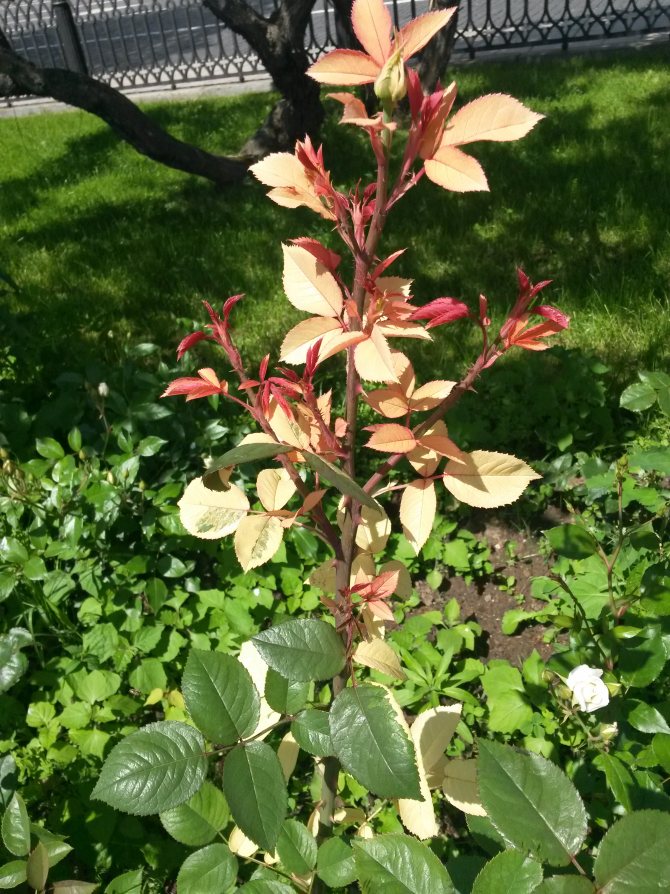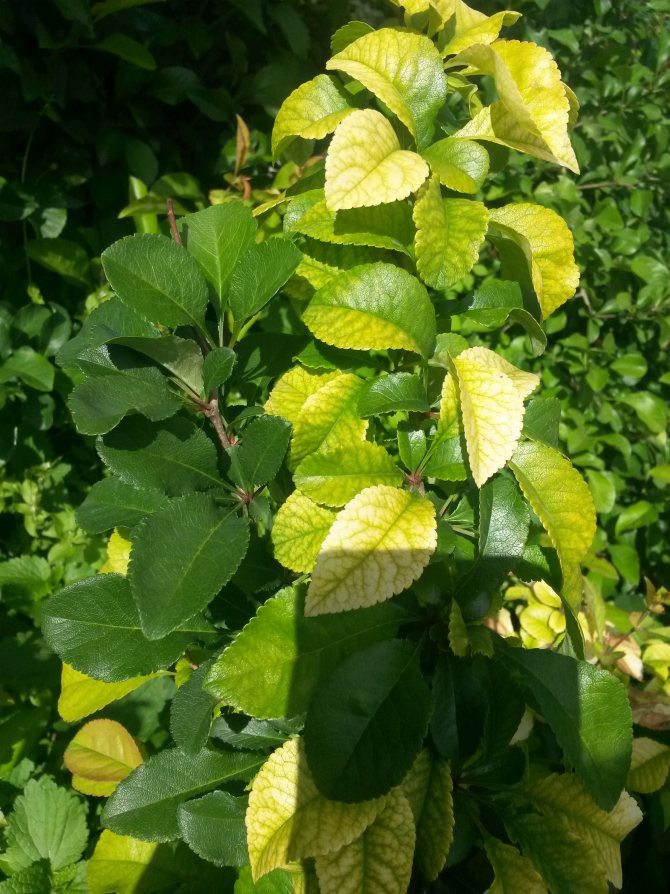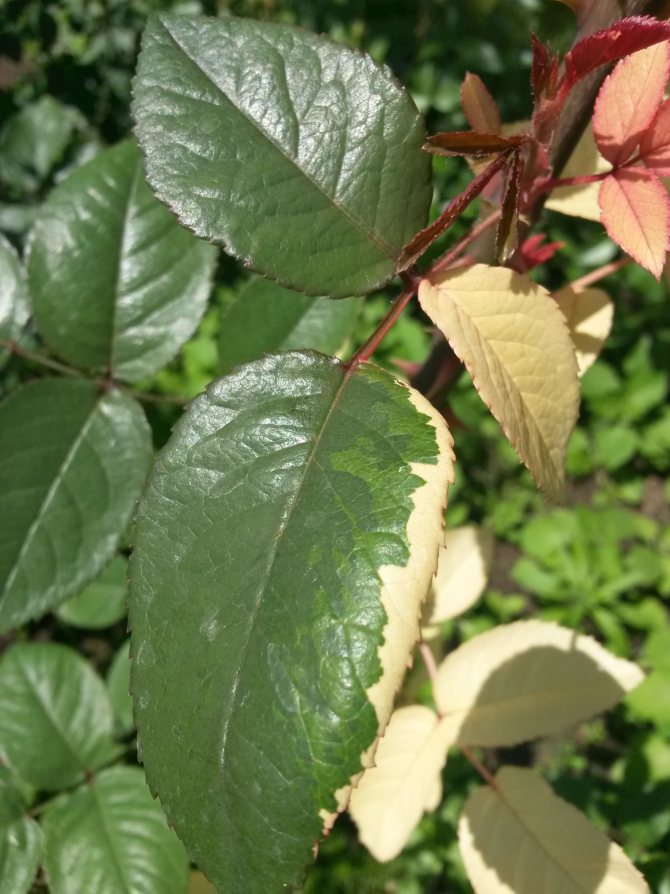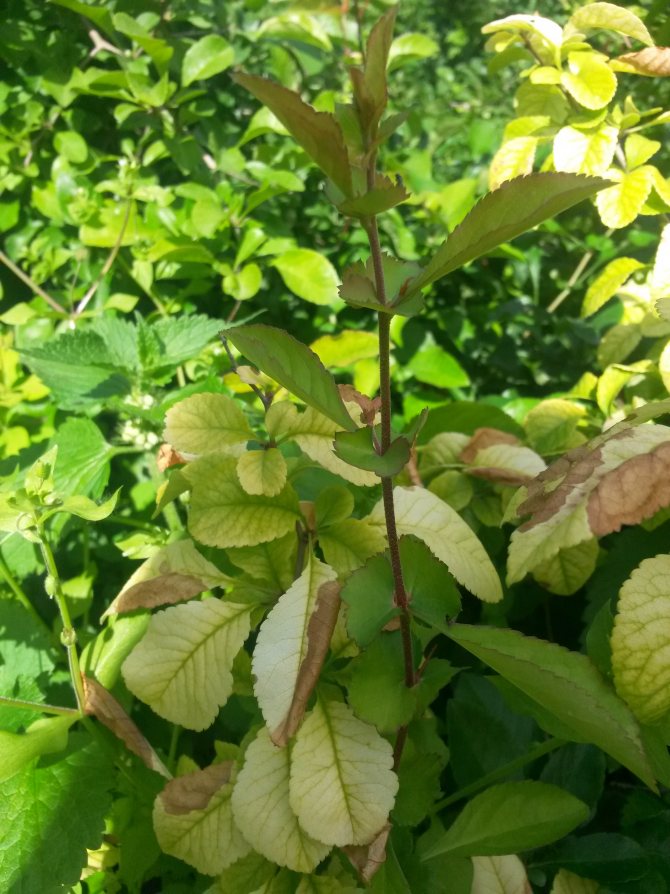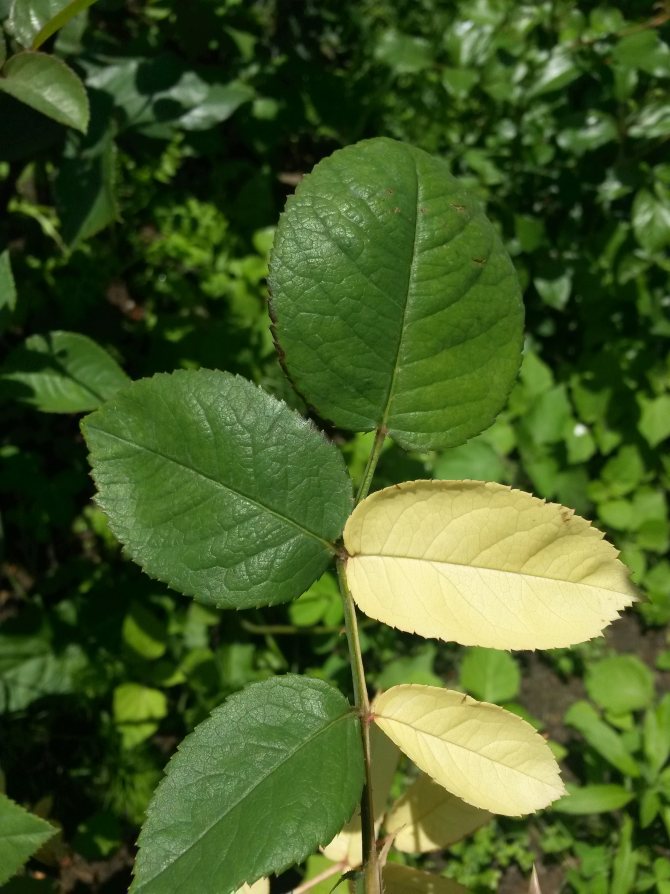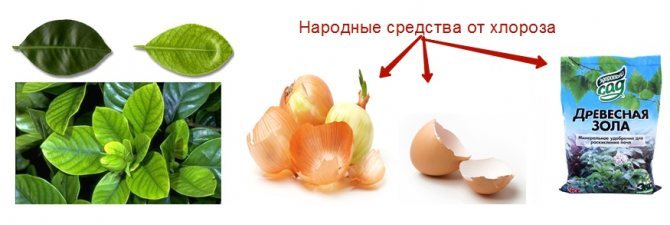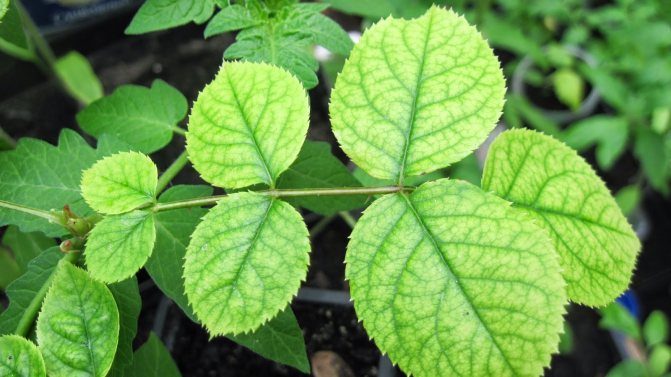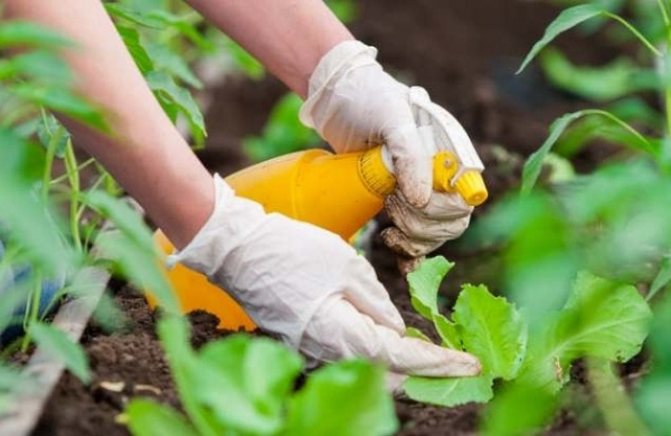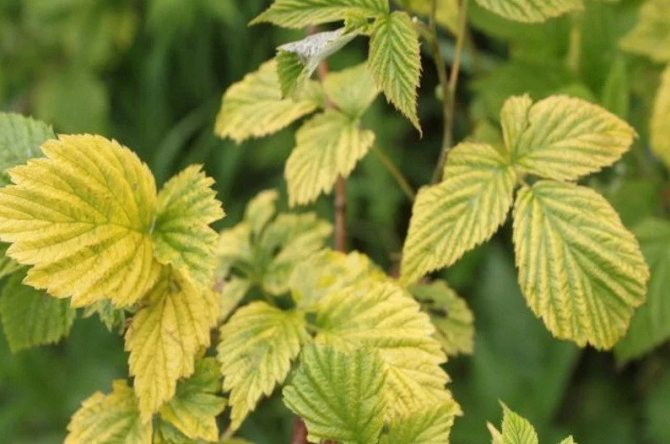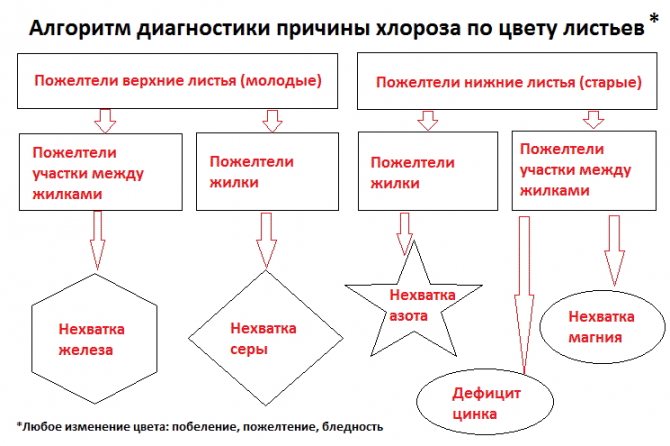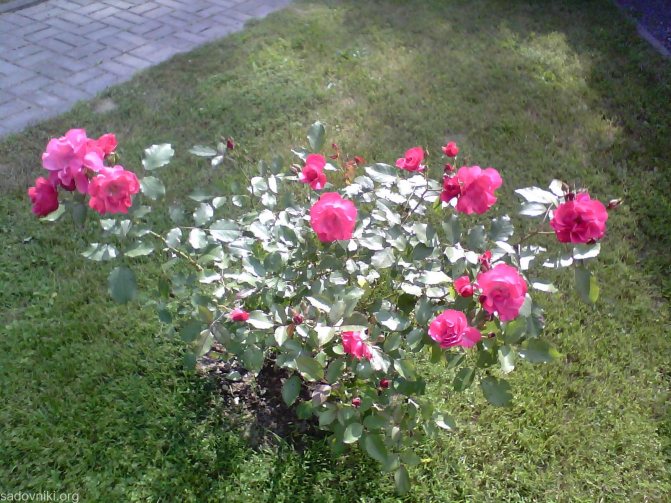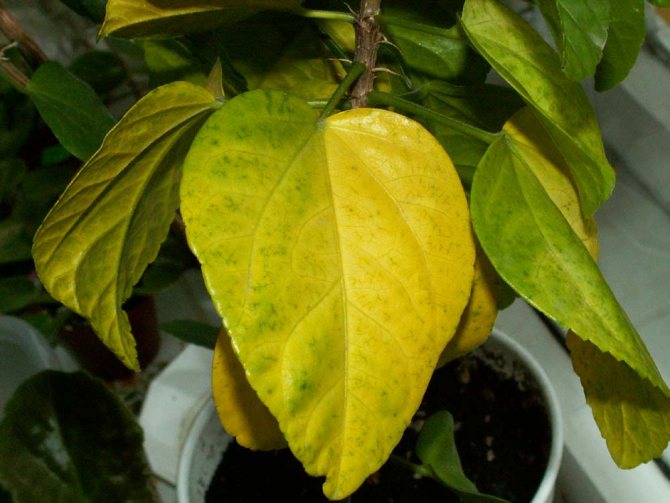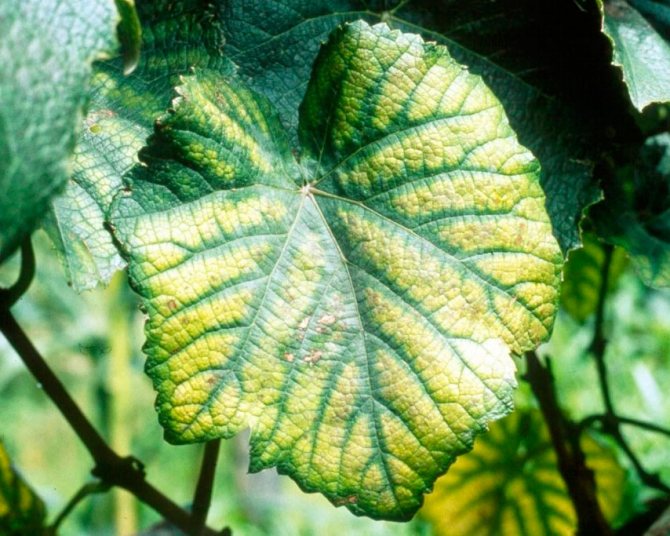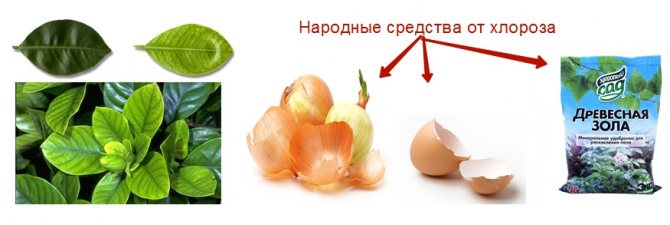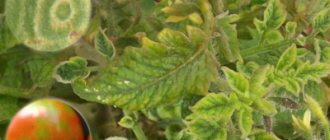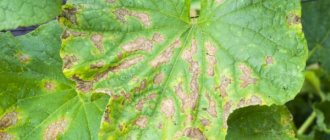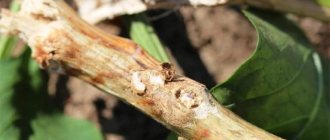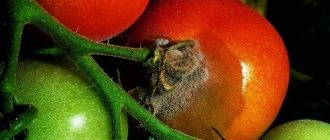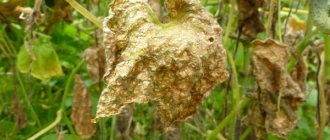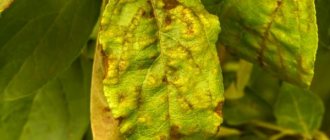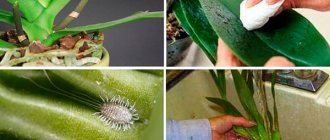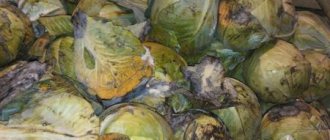The reasons for the development of chlorosis
As in any disease affecting crops, the success of the fight against chlorosis depends on the timeliness of its determination. However, it is not enough to see chlorosis; it is necessary to identify the cause of its development and eliminate it. Most often, leaf chlorosis occurs due to:
- deficiency of trace elements and minerals;
- penetration of an infectious agent obtained by transfer from a diseased plant through insects;
- oversights when planting and caring for a plant;
- hereditary transmission of chlorophyll deficiency tendency.
Correct identification of the cause of the disease allows you to develop an effective strategy to combat it.

Iron chelate at home
Iron chelate for chlorosis can be prepared at home on your own.
- In 1 liter of boiled cold water, dilute 4 g of citric acid (half a teaspoon), then add 2.5 g of ferrous sulfate (in a teaspoon - 6 g). As a result, a light orange liquid is formed, which contains a complex salt of ferrous iron - iron chelate at a concentration of 0.5 g / l. This solution can be used for both watering and spraying.
- In 1 liter of water, 10 g of ferrous sulfate is diluted, then 20 g of ascorbic acid is introduced into the solution. The resulting solution is watered and sprayed with chlorotic plants.
The shelf life of homemade iron chelate is 2 weeks.


Making iron chelate at home
Features of determining the lack of elements
There are several types of chlorosis associated with a lack of certain substances in the nutrition of the culture. Determination of a deficient mineral or trace element is possible only in laboratory conditions. Not every gardener can do this, so the only way to save plants is to focus on your own observations and understanding of the signs of chlorosis:
- With iron chlorosis, the leaves of the plant turn yellow or turn white, and the veins on them remain green. The first signs of the disease appear at the top, and then gradually affect all the leaves. Most often, iron chlorosis is observed in plants planted on calcareous soils.
- With magnesium chlorosis, the same symptoms are noted as in the previous version. But the first in this case are the lower leaves. This type of chlorosis is characteristic of plants on light sandy soils.
- With sulfuric chlorosis, the veins on the leaves first lose their color, and only then the rest of them. Young upper leaves are affected first.
- If the plant is suffering from a nitrogen deficiency, the first signs of a problem are white veins. Further, from the middle to the edges, the leaves systematically discolor until they become completely white, wither and fall off. Chlorosis in this case develops due to an excess of ash or an increased level of soil acidity.
- Chlorosis, which develops due to zinc deficiency, is accompanied by the formation of colorless spots on the lower leaves. Gardeners most often face such a problem in the spring due to an excess of nitrogen in the soil.
- With calcium chlorosis, plant growth stops, leaves, ovaries and buds fall off.
The general signs of the disease include drying out of all parts of the plant, slowing down its growth, twisting of leaves, falling off of the bark and new shoots.
Description of the disease
Chlorosis is a change in the color of the leaves of plants, warning about the lack of special elements in the earth. As a rule, this disease is detected in the yellowing of the upper or lower leaves, but the leaves do not completely grow - the veins continue to remain green, or vice versa, the veins - grow, and the rest of the leaves will be greenish.
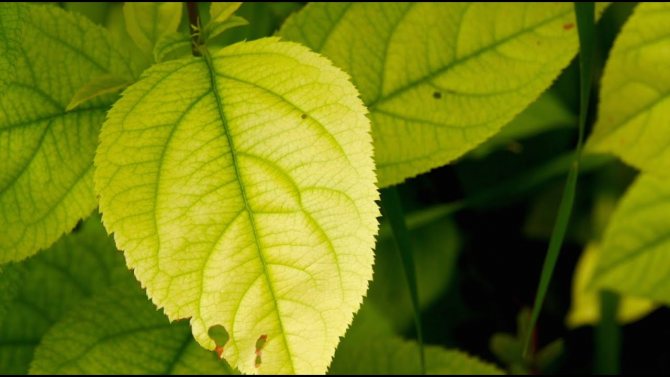

Which plants are at risk?
This disease affects all types of plants. But most often its signs can be observed in:
- home-grown hibiscus, azalea, gardenia and ficus, as well as citrus;
- bushes of raspberries and currants, apples and pears, roses and petunias, strawberries and grapes, tomatoes and cucumbers growing in their natural environment.
Thus, herbaceous plants, shrubs and trees grown both at home and in natural conditions are susceptible to chlorosis.
Features of disease prevention
The main means of prevention is strict adherence to all the rules of planting and caring for a plant. It is also important to understand the nature of chlorosis:
- Non-infectious chlorosis develops as a result of nutritional deficiencies. To combat it, special drugs are used. They can make up for a deficiency in a particular element (if known) or have a complex effect on culture. Complex products include "Zdraven", "Florist Micro" and "Uniflor Micro".
- Plants are most often affected by chlorosis of an infectious nature even during the process of planting. Treatment of soil with biofungicides, thorough disinfection of seeds and tools will help to avoid infection.
It is worth noting that the tools should be thoroughly washed before work, doused with boiling water and wiped with a cloth with alcohol. To protect plants from insects, which are also carriers of infectious chlorosis, you can use special repellents.


Treatment of non-infectious chlorosis
This can be done using folk remedies or ready-made preparations. The effectiveness of both methods is quite high; when using folk remedies, you will have to tinker a little:
- For iron chlorosis, you can use the preparations Ferrovit, Iron Chelate, Ferrylene or Micro-Fe. Iron chelate can be made by yourself. To do this, it is necessary to dilute 4 g of ferrous sulfate and 2.5 g of citric acid in 1 liter of water. This solution should be watered and sprayed with plants during the growing season a maximum of three times. It is worth noting that the shelf life of a homemade product is no more than 2 weeks. You can also bury rusty nails in the soil to eliminate iron deficiency.
- To combat magnesium chlorosis, it is recommended to use magnesium sulfate, dolomite flour, Kalimagnesia, Mag-Bor. In this case, it is necessary to strictly observe the dosages established by the manufacturer. From folk remedies, wood ash mixed with soil can be noted.
- With sulfuric chlorosis, only ready-made preparations are effective. In addition to sulfur, they can include sodium, magnesium and nitrogen. For example, it is possible to use potassium sulfate, Azofoska and Diammofoska with sulfur, Kalimagnesia. Nitrogen-containing fertilizers deserve special attention. These can be ammonia, amide and nitrate compounds. But it is worth noting that they cannot be used during the flowering period.
- With a lack of zinc, zinc suphosphate, zinc oxide and zinc sulfate are often used. These are ready-made preparations that have proven themselves in the fight against this type of chlorosis.
- Calcium deficiency is most often replenished with folk remedies. To do this, crushed eggshells, wood ash or slaked lime are mixed into the soil. It is important to take into account that ammonia nitrogen prevents the enrichment of the plant with calcium, and nitrate nitrogen can enhance the saturation process.
Each of the above means requires careful use and strict adherence to the instructions.
Prophylaxis
Prevention of chlorosis, like many other diseases, consists in the correct and timely care of the plant.
To prevent infectious chlorosis, attention must be paid to hygiene (disinfection of soil, tools, planting material) and the destruction of insect pests:
- To disinfect the soil, modern fungicides are used, which are applied before the start of the planting season;
- Tools can be wiped with technical alcohol or dipped in boiling water;
- Fungicides are also suitable for disinfecting seeds or seedlings;
- Various insecticides are used to destroy pests.
Non-infectious chlorosis can be prevented by timely introduction of a complex of fertilizers into the soil. If you do not know what element is missing in the soil, you can use complex dressings containing all the necessary substances, such as, for example, "Uniflor Micro", "Reasil", "Kemir Lux", "Florist Micro", "Zdraven" , "Uniflor-green leaf" and others.
Summing up
Both deficiency and excess of certain substances in plant nutrition are equally harmful. Therefore, regardless of the type of disease and the characteristics of its course, when using ready-made fertilizers, products and dressings, you must first familiarize yourself with the instructions offered by the manufacturer.
If the cause of the development of non-infectious chlorosis is established and the deficient substance cannot be determined, the use of complex fertilizers in small doses is recommended. The composition of such funds usually includes those substances, the lack of which is most common.
Handy tools can also be used for feeding. For example, ash left after burning wood is ideal for flowers. It is rich in phosphorus, magnesium and iron. It can be mixed with soil or diluted in water for irrigation. You can also use water for irrigation after rinsing cereals with it. Onion husks are also suitable, which must first be boiled in boiling water and let it brew for 2 hours. But do not forget that moderation of their use is also important with folk remedies.
What drugs should I use?
If chlorosis has already begun to manifest itself, prevention will not help. You need to start treatment immediately. As an ambulance, iron chelate is introduced into the soil. This compound is well absorbed by plants and quickly brings them into proper form.
The following preparations contain chelated iron:
- "Antichlorosin";
- Brexil-Fe;
- Ferrilene;
- Agricola;
- "Antichlorosis";
- "Micro-Fe".
Treatment can be carried out by spraying or watering at the root.
- With foliar application, the drug will be absorbed much faster. Within a day, the iron chelate penetrates into the plant tissues and begins to restore their structure.
- When watering with a solution of the drug, the effect appears only on the third day.
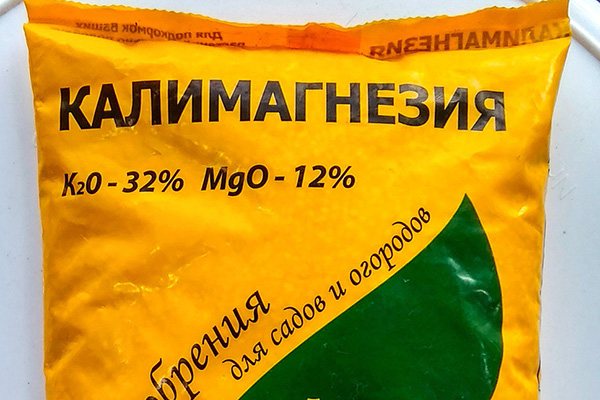

The fight against non-infectious chlorosis is carried out using additional dressings that eliminate the deficiency of the necessary substance:
- with a lack of magnesium, potassium magnesium, dolomite flour, magnesium sulfate are introduced into the soil;
- ammonium nitrate and ammonium sulfate are usually used to replenish nitrogen;
- the lack of calcium is compensated by the introduction of calcium nitrate, the drug "Vuksal Calcium".
- sulfur and zinc are part of complex fertilizers containing a whole range of micro- and macroelements.
All drugs are used strictly in the dosage indicated on the package: do not exceed the dose of chelated iron in the hope of accelerated plant recovery. An excess of the element negatively affects the absorption of phosphorus and manganese by plants.
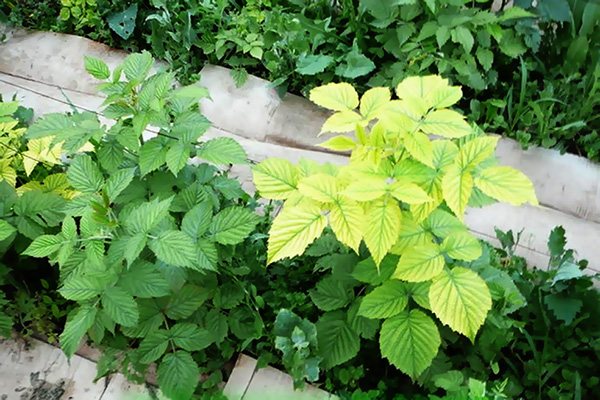

Unconventional method - rusty nails for chlorosis
Plant chlorosis is a disease that must be fought on all fronts. Therefore, many flower growers, lovers of gardenias and hydrangeas, use all methods to combat yellowing of leaves.Among them there is a very common and, oddly enough, very effective. These are rusty nails that are carefully buried in the plant pot. The main thing in this business is the presence of rust, it can even be removed from rusty metal objects and added to the soil with a capricious plant. Great method! Sometimes it helps when all other methods for chlorosis have already been tried, but have been ineffective.
Chlorosis resistant grape varieties
There is no escape from a viral infection. When talking about resistant grape rootstocks, we are talking about non-infectious diseases. Among the varieties with good immunity, capable of withstanding weather stresses without chlorosis, there are wine and table varieties:
- Alex;
- Venus;
- Delight;
- Eastern talisman;
- Zaporizhzhya raisins;
- Cabernet Sauvignon;
- Limberger;
- Muscatel;
- Müller-Thurgau;
- Pinot Meunier;
- Portugieser
- Pink Timur;
- Trollinger;
- Saint Laurent;
- Chasselas;
- Elbling.
The list of varieties prone to defeat is much smaller. With the observance of agricultural technology, chlorosis on grapes can be avoided.
Types of chlorosis and their signs
The classic signs of tomato chlorosis are:
- premature yellowing of foliage and its shallowness;
- drying of the apical parts of the tomato;
- violation of the development of inflorescences and fruits;
- dying off of roots.
Different types of disease are subdivided - infectious, non-infectious and hereditary. Mostly in tomatoes, there is a non-infectious variety. It is divided into subspecies depending on the element that the vegetable culture lacks.
At the same time, the most accurate conclusion about the deficiency of a particular element can only be given by laboratory research, however, there are a number of external signs that determine what the tomatoes lack.
Iron deficient
Iron deficiency chlorosis is considered the most common type of disease. With a lack of iron, the leaves turn yellow evenly over the entire surface, and the leaf veins remain in a contrasting green color.
The first signs appear on the upper tier of the vegetative mass of tomatoes. Iron deficiency is more common in vegetables grown on soils saturated with limestone.
():
The reason for the appearance of iron deficiency is often the inept actions of gardeners. This is the introduction of high doses of lime during the development of the site, the use of this lime where it is not needed at all. Lime is applied only on acidic soils, on neutral, and even more so on carbonate soils, this cannot be done.
Magnesium
The magnesium variety of the disease is similar in appearance to the iron variety, however, with a lack of magnesium in tomatoes, the foliage begins to turn yellow primarily from the lower tier. Initially, the edge of the leaf blade changes color, subsequently the yellowness spreads over the entire surface of the leaf.
In this case, the color can be not only yellow, but also red or orange.
Often, gardeners confuse the signs of a lack of magnesium with the appearance of a mosaic.
Tomatoes grown on light sandstones are at risk for magnesium disease.
Sulfuric
Sulfur chlorosis affects young tomato leaves. With a lack of sulfur, the leaf vein begins to turn yellow, and only then the entire leaf changes color.
Nitric
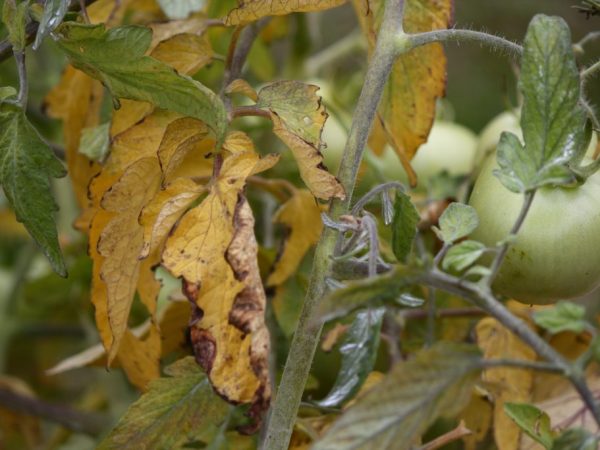

The disease can affect the whole plant
The nitrogenous variety of the disease is distinguished by yellowing or bleaching of the veins of the lower tier of foliage. Then there is a change in the colors of the adjacent areas, and then the entire surface of the leaves.
Most often, nitrogen deficiency occurs in plants planted on too acidic soils.
Zinc
Zinc chlorosis is observed in the spring in the form of yellow, red or orange speckles. Tomatoes cannot assimilate zinc due to the excessive nitrogen content in the soil.
():
Zinc deficiency is most pronounced on acidic waterlogged soils, or on weathered sandy soils.
How to treat chlorosis ?:
Important methods of treating the disease are the following: • medication. Based on the use of iron preparations and ovarian stimulants • sanatoriums • bed rest in severe disease • moderate physical activity • long walks in the fresh air • physiotherapy methods: shower, dousing, rubbing, massage • diet. Food for girls with chlorosis should be nutritious, rich in animal proteins, minerals, vitamins, and easy to digest.
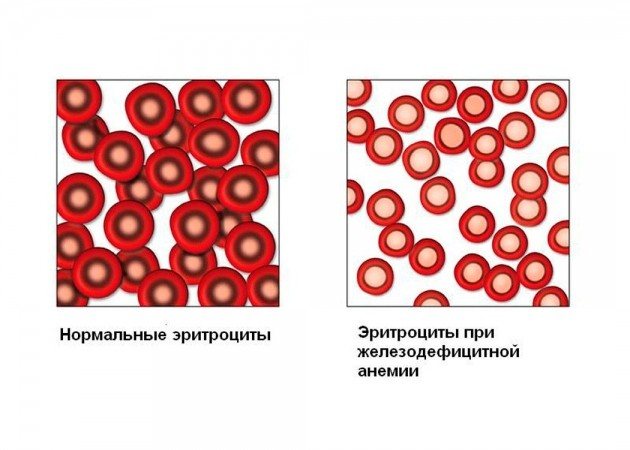

Excess iron
Iron buildup in cells can also be toxic. It can act catalytically to generate hydroxyl radicals that can damage lipids, proteins, and DNA. Because of the potential toxicity associated with high iron levels, cells store iron with an intracellular protein called ferritin, which releases iron in a controlled manner. This protein is produced by almost all living organisms, including algae, bacteria, higher plants and animals.
Diagnostics and elimination of excess iron
Iron toxicity mainly occurs where the pH drops enough to create an excess of available iron. As with some other nutrients, visible signs of iron toxicity are likely to be a sign of another nutrient deficiency. Iron accumulation can also occur with zinc deficiency. Excess iron can cause foliage to change color to a darker green.
Read also Unusual salads for the holiday recipes with photos
Preventive actions
But there are also several preventive measures, thanks to which you can simply prevent the development of chlorosis. The most important thing is that the gardener must be able to correctly determine the soil composition, and only in this case he will understand which components are worth adding, and which components are already enough. The most important thing is to apply only those fertilizers that are really not enough, otherwise the imbalance can only aggravate the situation, and the tree will not take root at all in the soil composition. In order to protect the apple tree in calcareous soils, as well as in those soils where the percentage of lime is very high, it is necessary to treat the soil using a method such as plastering. Experienced gardeners advise to apply gypsum in early spring, and the near-trunk circles must be carefully dug up so that the gypsum is evenly distributed. If the soil is too acidic, it should be limed, and for this they take either garden lime or dolomite flour. Both components will help the soil become more balanced, reduce acidity to a neutral indicator, which will have an excellent effect on the growth and development of the apple tree and, accordingly, on the state of the future harvest. In general, only with a competent and professional approach can negative manifestations from plants be avoided, so a lot depends on the gardener, on whether he wants to learn and make the life of the tree only better.
Apple chlorosis
Excess micronutrients
Too much minerals in the soil are just as harmful to the plant as their deficiency. Usually this situation develops in the case of overfeeding with fertilizers and oversaturation of the soil. Failure to comply with the dosage of fertilizers, violation of the time and frequency of feeding - all this leads to an excessive content of minerals.
Iron. Excess iron is very rare and usually causes difficulty in the absorption of phosphorus and manganese.Therefore, the symptoms of an excess of iron are similar to those of a deficiency of phosphorus and manganese: a dark, bluish shade of leaves, cessation of plant growth and development, dying off of young shoots.
Magnesium. If there is too much magnesium in the soil, calcium ceases to be absorbed, respectively, the symptoms of an excess of magnesium are generally similar to the symptoms of calcium deficiency. These are the twisting and dying off of leaves, the curved and torn shape of the leaf plate, a delay in the development of the plant.
Read also Sort of the largest pumpkin
Copper. With an excess of copper on the lower, older leaves, brownish spots appear, subsequently these parts of the leaf, and then the entire leaf, die off. Plant growth slows down significantly.
Zinc. When there is too much zinc in the soil, the leaf of the plant becomes covered with whitish watery spots on the underside. The surface of the leaf becomes bumpy, subsequently the affected leaves fall off.
Bor. Excessive boron content is manifested primarily on the lower, older leaves in the form of small brownish spots. Over time, the spots grow in size. The affected areas, and then the entire leaf, die off.
Molybdenum. In the case of an overabundance of molybdenum in the soil, the plant assimilates copper poorly, therefore the symptoms are similar to those of a copper deficiency: general lethargy of the plant, slowing down of growth point development, light spots on the leaves.
Manganese. An excess of manganese in its characteristics resembles the magnesium starvation of a plant: chlorosis on older leaves, spots of different colors on the leaf plate.
Nitrogen. Too much nitrogen leads to a rapid build-up of green mass to the detriment of flowering and fruiting. In addition, an overdose of nitrogen in combination with excessive watering significantly acidifies the soil, which in turn provokes the formation of root rot.
Phosphorus. An excess amount of phosphorus interferes with the absorption of nitrogen, iron and zinc, as a result of which symptoms characteristic of a deficiency of these elements develop.
Potassium. If the soil contains too much potassium, the plant stops absorbing magnesium. There is a slowdown in the development of the plant, the leaves acquire a pale green color, a burn occurs along the contour of the leaf.
Calcium. An excess of calcium manifests itself in the form of interveinal chlorosis. This is because too much calcium makes it difficult to absorb iron and manganese.
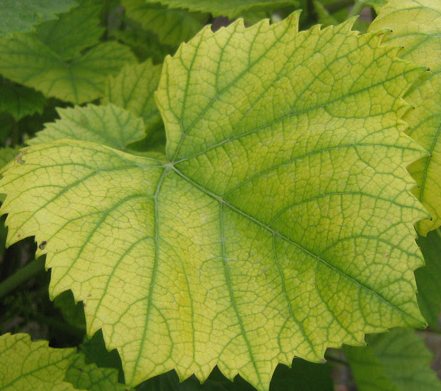

Iron chlorosis is a common plant disease that manifests itself as a violation of the formation of chlorophyll in the leaves. In this case, the leaf plate turns yellow, and the veins remain green.
Iron leaf chlorosis occurs when a plant experiences a catastrophic iron deficiency. For example, there is little of it in the soil, or changes have occurred in the plant's body, leading to the loss of the ability to assimilate this very iron. To cure this disease, you need to eliminate errors in the cultivation of the affected plant and feed it with iron.
Disease prevention
To prevent chlorosis, it is not necessary to fertilize and heal the plants every day. Cucumbers will even grow on sand if you dig in a large amount of last year's humus from grass and other biological waste. After the introduction of humus into the ground, the garden bed is dug up several times and the seeds are planted. Humus in the process of growth decomposes into trace elements and is absorbed by cucumbers. Preventive actions:
See also
Description of the African Melotria cucumber variety, its features, properties and growing rulesRead
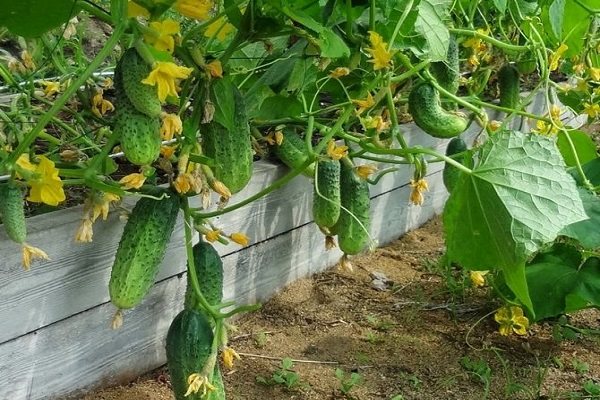

- To prevent a lack of lighting, you need to thin out the beds with plantings, plant beds in areas not shaded by trees or buildings.
- Watering is carried out as needed to avoid excess moisture in the soil.
- Do not plant seedlings if frost is foreseen. In the event of frost or temperature drop, the plants are covered with a film.
- You cannot plant cucumbers on ridges, where there is a constant draft, they will weather and turn yellow.
If you follow these simple rules of chlorosis, you can not be afraid. The plantings will not die and will give a wonderful harvest.
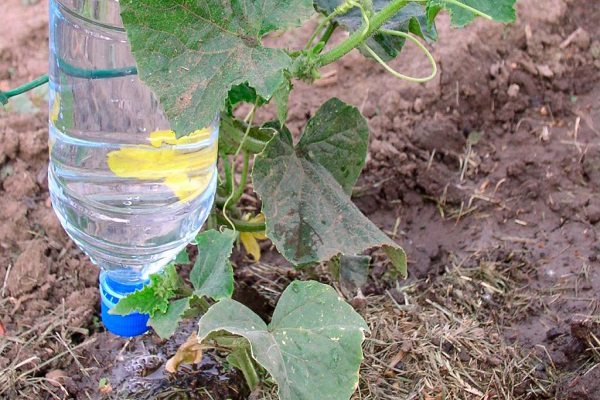

Clinical manifestations of chlorosis:
Symptoms that indicate the presence of the disease are the following: • general weakness • rapid fatigability • rapid heartbeat • shortness of breath • a feeling of tightness in the chest • difficulty breathing • rapid breathing • darkening of the eyes • short-term fainting • lack of appetite • addiction to spicy foods • gustatory perversions • bouts of nausea and vomiting • constipation • increased acidity of gastric juice • delay in the development of secondary sexual characteristics in girls • menstruation remains irregular for a long time. Often they are completely absent • disorders of the nervous system • pallor of the skin and mucous membranes, which is striking. The skin becomes almost white. In this regard, chlorosis is often called "pale sickness" • body temperature rises only in the case of a severe course of the disease • a sharp decrease in hemoglobin levels (often this figure reaches 20%) Chlorosis develops quickly. The maximum number of symptoms is observed within 1-2 months after the onset of the disease. After the specified period, the disease ends with a complete recovery of the child. But the tendency to relapse persists in spring and autumn. Rare cases of death due to the addition of dangerous complications - pulmonary vascular thrombosis, tuberculosis, etc.

